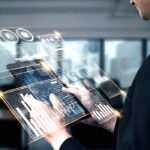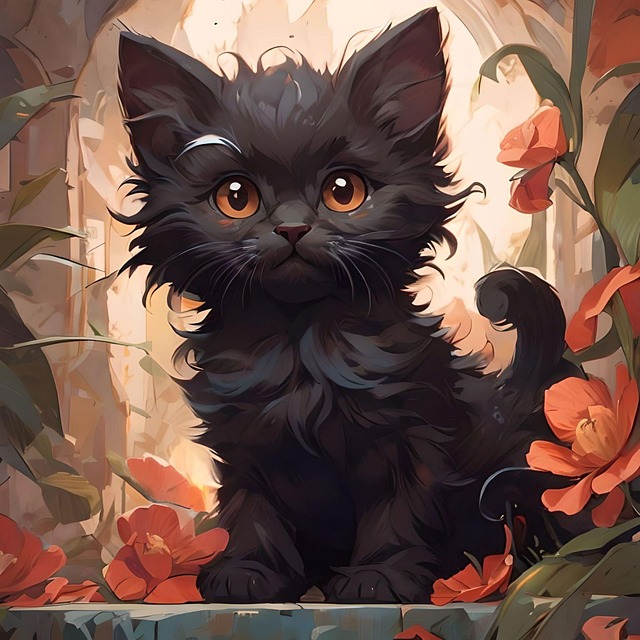Section 1: The Rise of AI Art
In today’s technology landscape, artificial intelligence (AI) has become an integral part of our daily lives. From self-driving cars to virtual assistants, AI has revolutionized the way we interact with the world. But AI’s impact goes beyond just convenience and efficiency – it has also opened up a whole new world of possibilities in the realm of art.
The use of AI in creating art, also known as AI art, has been gaining popularity in recent years. This emerging field combines the power of technology with the creativity of humans, resulting in unique and thought-provoking pieces of art. With the rise of AI art, we are witnessing a new era of artistic expression and innovation.
Section 2: How AI Art Works
At its core, AI art is a combination of algorithms and human input. It involves using computer programs and machine learning techniques to generate or enhance artistic content. These algorithms are trained on large datasets of images, texts, and other forms of data, allowing them to learn and mimic human artistic styles.
One of the key techniques used in AI art is Generative Adversarial Networks (GANs). GANs work by pitting two neural networks against each other – a generator and a discriminator. The generator creates new images based on the training data, while the discriminator tries to determine whether the image is real or fake. Through this process, the generator learns to create more realistic and original images.
Another popular technique in AI art is style transfer, which involves applying the style of one image onto another. This allows artists to create unique and surreal compositions by blending different styles and elements. With the help of AI, artists can now create art that was previously unimaginable, pushing the boundaries of traditional art forms.
Section 3: The Impact of AI Art
AI art has sparked a debate among artists, critics, and the general public. Some argue that AI art is not “real” art, as it lacks the emotional depth and human touch that traditional art has. However, others believe that AI art is just another form of artistic expression, and its value lies in its ability to challenge our perception of art.
One of the most significant impacts of AI art is its potential to democratize the art world. In the past, creating and exhibiting art required expensive materials, training, and connections. With AI art, anyone with access to a computer and basic programming skills can create and share their art with the world. This has opened up opportunities for underrepresented and marginalized communities to showcase their creativity and perspectives.
Moreover, AI art has also brought attention to the role of the artist in the creative process. While AI algorithms can generate art, they still require human input and guidance. Artists are now seen as collaborators with AI, rather than just creators. This shift in perspective has led to new and exciting collaborations between artists and technologists, resulting in groundbreaking art forms.
Section 4: The Future of AI Art
As AI technology continues to advance, the possibilities for AI art are endless. We are already seeing AI-generated music, literature, and even fashion. With the increasing availability and accessibility of AI tools, we can expect to see a surge in AI art in the coming years.
However, as with any emerging technology, there are also concerns about the ethical implications of AI art. Some fear that AI art could lead to the loss of jobs for traditional artists, while others worry about the potential misuse of AI-generated content. It is crucial for artists, technologists, and policymakers to address these issues and ensure responsible and ethical use of AI in art.
In conclusion, AI art has the power to revolutionize the way we create, experience, and appreciate art. It challenges our notions of what art is and opens up new avenues for artistic expression. As technology continues to evolve, we can only imagine the endless possibilities and impact of AI art in the future. So, let’s embrace this new form of art and see where it takes us on our creative journey.











